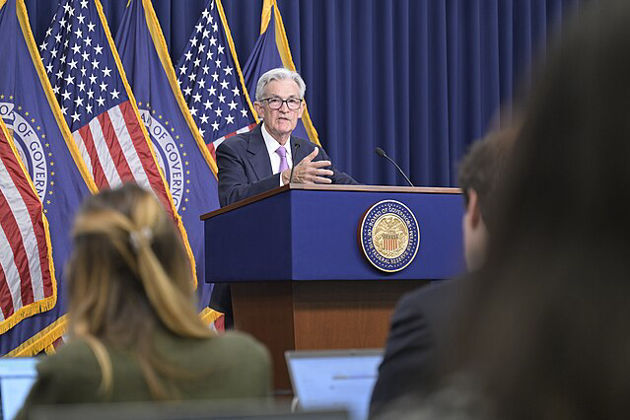Move FM Global News

Trump demands Fed board override ‘stubborn’ Powell on cuts
Aug 4, 2025WASHINGTON, D.C.: On August 1, President Donald Trump escalated his feud with Federal Reserve Chair Jerome Powell, urging the central bank’s board of governors to seize control from Powell if he refused to slash interest rates.
The extraordinary demand made on Trump’s Truth Social account underscored how aggressively the president has been pressuring the independent central bank to support his economic agenda.
Trump denounced Powell as “stubborn,” repeating months of verbal attacks against the Fed chief. Traditionally, the Federal Reserve operates free from partisan politics, with its mandate focused on price stability and maximum employment. However, Trump has been openly frustrated by Powell’s refusal to move interest rates lower in the face of mounting economic headwinds.
So far this year, Powell has resisted changing the Fed’s benchmark overnight lending rate, which remains steady at an average of 4.33 percent. He has argued that policymakers need time to measure the economic effects of Trump’s sweeping tariffs on foreign goods. In Powell’s view, those tariffs could still ripple through inflation and broader financial conditions, making it too risky to act hastily.
Trump, however, is demanding drastic action. “If Powell doesn’t substantially lower rates, THE BOARD SHOULD ASSUME CONTROL, AND DO WHAT EVERYONE KNOWS HAS TO BE DONE!” he wrote.
Interestingly, two Fed governors—Christopher Waller and Michelle Bowman, both appointed by Trump—have begun to echo part of the president’s argument. In statements released August 1, the pair said that they see Trump’s tariffs as essentially creating a one-time bump in prices, not a sustained inflationary threat. They added that the labor market appears to be cooling. As a result, they dissented at Wednesday’s policy meeting, advocating for minor rate cuts, though not nearly as deep as Trump wants.
Trump quickly celebrated their stance, calling their opposition “strong dissents,” even as he continues to insist that the broader U.S. economy is thriving. His political calculus is clear: rate cuts would both ease borrowing costs for households and reduce federal debt servicing expenses, helping him head into the election claiming credit for strong growth.
But fresh economic data complicates his narrative. The July jobs report showed only 73,000 new positions created, far below expectations. Meanwhile, earlier employment figures for May and June were revised downward to just 14,000 and 19,000, respectively—evidence that the economy is slowing more sharply than the White House has admitted.
Trump insists inflation is not a concern, but the Fed’s preferred measure currently runs at 2.6 percent annually, above the central bank’s two percent target. Cutting rates by the three percentage points he is demanding would amount to an unprecedented shift. Economists warn such a steep move could flood the system with liquidity, driving up prices rather than containing them.
The clash between Trump and Powell is not only economic but also constitutional. In May, the Supreme Court ruled that a president cannot dismiss a Fed chair merely over disagreements about policy. That decision forced the White House to explore other legal avenues, including whether Powell could be ousted “for cause” because of cost overruns tied to the Fed’s US$2.5 billion headquarters renovation.
For now, Powell remains secure in his post. His current term as chair runs until May 2026, after which Trump—if still in office—will be able to nominate a successor subject to Senate confirmation. Until then, the tug-of-war between the president’s political demands and the Fed’s cautious independence looks set to continue.


